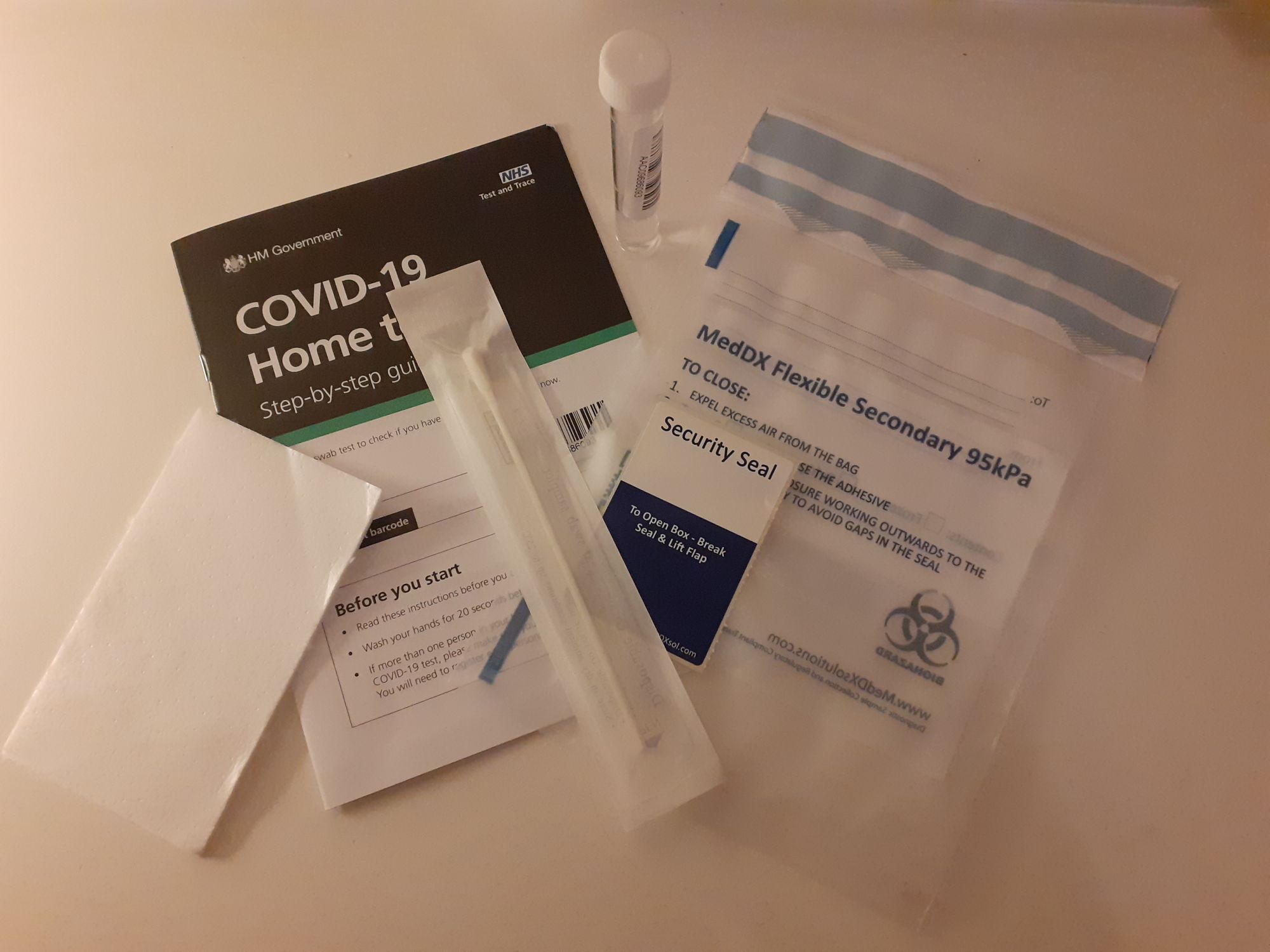By Edward Deacon, SciTech Digital Editor
A study investigating the social contact patterns of Bristol University students has found that the majority of students are complying with COVID-19 guidelines, with 99 per cent of students who tested positive for the coronavirus reportedly self-isolating.
The University's COVID-19 Emergency Research Group (UNCOVER) are using an anonymous questionnaire for students and staff to understand their contacts, symptoms and behaviours.
The questionnaire started in June but has mainly focussed on student responses from the start of the 2020/2021 academic year, with 740 students completing it between 14 September and 1 November.
Per day, an average of six contacts were reported: a figure lower than that found in questionnaires taken before the pandemic.
The suggestion that students have changed their behaviour in response to the pandemic is challenged, however, by some students being found to have a large number of daily contacts which is primarily dictated by larger household sizes, seen notably in halls of residence.

One daily contact was the most common figure reported for students, and eight per cent were found to have more than 20 contacts. One caveat of the questionnaire was a possible bias towards more conscientious students taking part, meaning that students who were not abiding by the guidelines may have been underrepresented.
Of the contacts students were having, 40 per cent were reported to be with those unaffiliated to the University making them natural channels for potential transmission outside of the University community.
Future models of transmission dynamics for 2021 will be informed by the data gathered in the study which will provide valuable insight into student contact patterns and behaviours in term time.
The concern for young people being asymptomatic carriers of Covid was confirmed to different extents with different symptoms of the virus. 19 per cent of students reported having none of the main symptoms, fever, cough and loss of taste or smell, whereas 43 per cent reported no cough or fever.

Significantly, to be eligible for a free NHS COVID-19 test, a person must have one of these main symptoms, which makes asymptomatic carriers a greater potential risk.
The voluntary mass testing that took place towards the end of the first term will be used to establish the incidence and prevalence of Covid amongst students.
A series of recommendations were set out ‘to help guide higher education sector measures and government policy’, lead researcher Emily Nixon explains, which included the following:
- Some students have large numbers of daily contacts, largely due to their household size and even self-isolating students cannot eliminate social contact entirely, this needs to be taken into account by planners and policy makers.
- Students should be encouraged to limit their contacts with those outside of the university where possible to avoid community transmission.
- Testing students who are not displaying the main COVID-19 symptoms, for example, in mass testing events, is likely to be important in understanding more about the incidence and prevalence in this population
- As students are more likely to be asymptomatic than the general population, they should be encouraged to adhere to physical distancing, hand washing and mask wearing measures.
Mrs Nixon said: ‘While university students, due to their young age, are generally less adversely affected by COVID-19 than other groups, they have the potential to transmit the virus to others, including their family, so it is important for us to understand how the virus is transmitted in the student population.’
In addition to the national restrictions, students have had to adapt to the University’s measures such as blended learning, ‘living circles’ for student groups and accommodation, and increased cleaning regimes in accommodation and learning environments.
However, these measures have not been enough to prevent large outbreaks, with Bristol University being reported to have the fourth highest number of Covid cases amongst UK universities in November.
Understanding the contact patterns of students at the beginning and end of terms when there is a large exodus away from Bristol will be important in helping mathematical modelling, and in turn will aid policy makers in designing effective control strategies for preventing infection and transmission – particularly given that the contact patterns of students are far different to those of the rest of the population at these times.
Bristol University scientists, Marvin Rees and Thangam Debbonaire discuss the impact of COVID-19 in a ‘post truth world’ in online panel
Young people's anxiety levels near doubled during first COVID-19 lockdown
With the presumption that many students will return to Bristol for the spring term, understanding the implications is pertinent, particularly given newfound challenges like the new strain of the coronavirus that will have to be accounted for.
Insight into the effects of student migration must stand on strong foundations to provide clarity for policy makers and secure a safe future for students, and all those in the cities where they study.
Featured Image: Epigram / Lucy O'Neill
Has your experience of student behaviour been reflected in the study?









